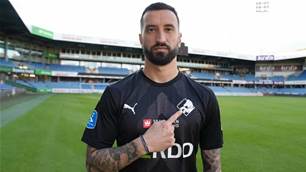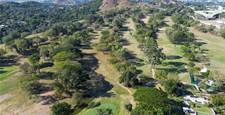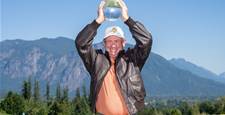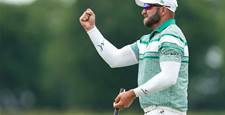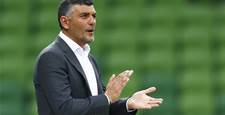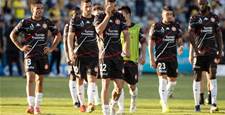EXCLUSIVE: Outgoing national youth coach Jan Versleijen believes more youth games against South American opposition will benefit the Australia in the long-term and says some criticism of him has been “unprofessional”.
What’s your advice for the next in charge in the Australian national youth set-up and what sort of person should it be?
Somebody who understands the role on the football side; that means you have to know what kind of things to work on for players from the age of 14 to 17. You have to have international experience because you’re playing in Asia and hopefully qualifying for World Cups.
How does the FFA compare to other bodies you’ve worked with around the world?
Because it’s still a young organization, so they’ve had to do a lot of work to get the football going in Australia. I think they’re doing a great job. Look at the A-League now compared to three years ago when I came for instance and the standard has gone up unbelievably. The quality has gone up, the attendances have gone up, and the quality of players has gone up.
And I believe the FFA can even do more for the youth football. I know they work from top down, but I think also bottom up – which is happening now – I think in that area they have to do even more. When you work top down you can see the results in the short term. When you work bottom up probably the results take longer but they will have more of a better chance to get into the top ten.
How do you look back on your time in Australia?
When I started in June 2008 I started working with the Young Socceroos the first thing that caught my eye were the technical problems that they had. I was very impressed by their mentality and attitude – they have a winning mentality which is very good to have.
Is the reason for that linked with the development of players at a much younger age, you think?
I’m sure because you learn and get your technical abilities when you start when you’re six to eight. And that age, up till you’re about 14 you need a lot of ball contact and you need to get them in the right situations and right environments and you need to be challenged as well as technical and tactical, and in that area we still can get more improvement.
And that’s already happening with the 4-3-4s and Skillaroos program and also with the national curriculum there are already big changes visible from what I can see in the last few years.
With the football, in the beginning you don’t know what to expect but we’ve set up a program using the national curriculum. Also we are using better football conditioning and that’s probably also some good changes.
The AIS was always known for a lot of injuries but nowadays we don’t have any injuries so the approach from the technical and tactical side game related training and the football conditioning side is probably a good choice.
If I compare the first group of Young Socceroos and I compare them to the ones who went out to Malaysia, that’s a big difference. From what I see in terms of the development in 2008 we just managed to qualify for the World Cup in extra time. If you look at the 2009 qualifying, we already played in the final.
Rising star Terry Antonis, talk us through your views on managing him?
Terry I think made the right decision to come to the AIS. Technically he’s unbelievable, left and right foot and has a really good work rate and is a lovely kid to work with. Tactically he probably has to add some more things to his game to use his technical ability even more.
It’s difficult to say how somebody develops but if you are 17 and already playing in the A-League and are one of the better players on that level and if he can continue doing that, probably he has to make the next step. But if you don’t get any challenge at a young age, then you will drop [in standard].
Continued on next page...
Related Articles
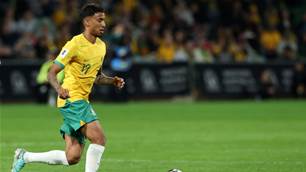
Socceroos midfielder embraces move to England
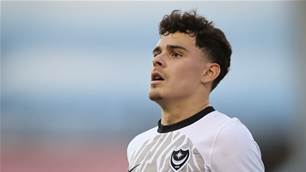
Cardiff City snap up sought-after Socceroos starlet
